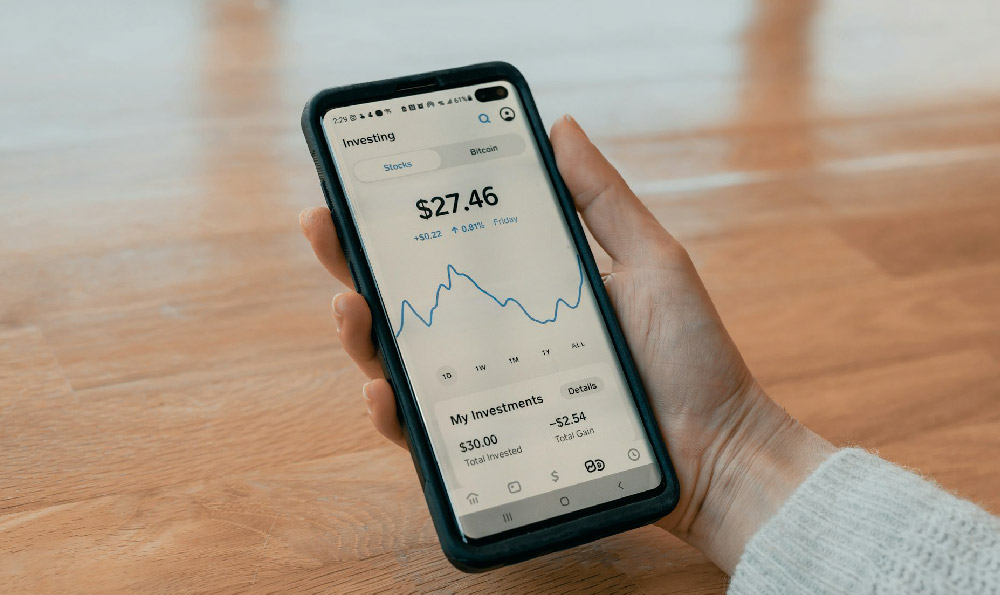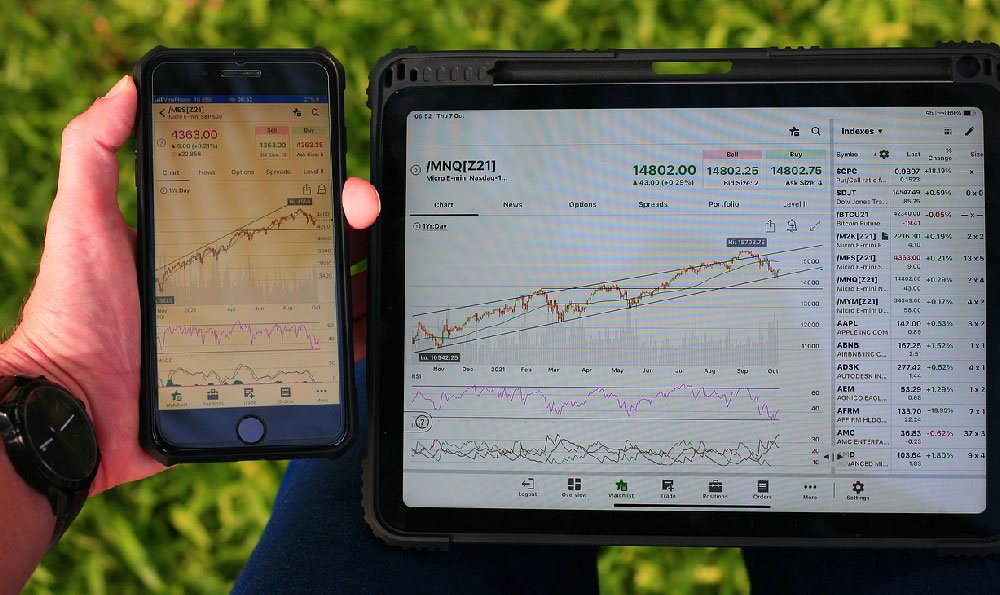The gig economy, with its promise of flexibility and autonomy, has attracted millions seeking alternative income streams. Uber Eats, a prominent player in this landscape, offers individuals the opportunity to earn money by delivering food. However, a crucial question lingers: how much do Uber Eats drivers actually earn, and is it enough to sustain a decent living?
Determining the precise earnings of an Uber Eats driver is a complex undertaking, as numerous factors contribute to the final amount. The most obvious is location. Densely populated urban areas with high restaurant concentration and strong demand for food delivery generally offer more opportunities for drivers to accept orders, translating into potentially higher earnings. Conversely, drivers in suburban or rural areas may experience fewer delivery requests and longer distances between pickups and drop-offs, impacting their overall income.
Beyond location, the time of day plays a significant role. Peak hours, typically during lunch and dinner times, as well as weekends, often witness a surge in orders, allowing drivers to maximize their earning potential. Conversely, off-peak hours may yield fewer deliveries and lower overall income. Seasonal variations also matter. Inclement weather, holidays, and special events can all influence demand and, consequently, earnings.

Uber Eats employs a dynamic pricing model that adjusts fares based on supply and demand. During periods of high demand, known as "surge pricing," drivers can earn significantly more per delivery. Understanding and capitalizing on these surge pricing opportunities is crucial for maximizing income. Moreover, promotions and incentives offered by Uber Eats, such as completing a certain number of deliveries within a specific timeframe, can further boost earnings.
While gross earnings might appear appealing, it's essential to consider the expenses associated with being an Uber Eats driver. Vehicle maintenance, including fuel, oil changes, tire replacements, and general repairs, constitutes a significant cost. Depreciation, the gradual loss of a vehicle's value over time, should also be factored in. Insurance premiums can be higher for drivers using their vehicles for commercial purposes. Furthermore, drivers are responsible for their own healthcare and other benefits, which are typically provided by employers in traditional employment settings.
Self-employment taxes, including Social Security and Medicare taxes, represent another financial burden. Unlike traditional employees, Uber Eats drivers are responsible for paying both the employer and employee portions of these taxes, which can significantly impact their net income. Tracking all expenses diligently and accurately is crucial for claiming relevant deductions when filing taxes, potentially reducing the overall tax liability.
So, how much are we talking about? Reports vary widely. Some studies suggest that Uber Eats drivers earn around $15-$25 per hour before expenses. However, after factoring in vehicle costs, taxes, and other expenses, the actual take-home pay can be considerably lower, potentially falling into the range of $8-$15 per hour. This is often below the minimum wage in many jurisdictions and may not be sufficient to cover basic living expenses.
The "is it enough" question is deeply personal and depends heavily on individual circumstances. For some, Uber Eats provides a supplemental income stream to supplement other earnings. Students, retirees, or individuals seeking part-time work may find it a suitable option. However, for those relying solely on Uber Eats as their primary source of income, the earnings may prove insufficient to meet their financial obligations, especially in areas with high costs of living.
Furthermore, the lack of job security and benefits associated with gig work can create financial instability. Uber Eats drivers are not entitled to paid time off, sick leave, or health insurance, leaving them vulnerable to financial hardship in case of illness or injury. The absence of employer-sponsored retirement plans also necessitates careful financial planning to ensure long-term financial security.
To maximize earnings and improve their financial situation, Uber Eats drivers can adopt several strategies. Tracking mileage meticulously using a dedicated app or spreadsheet can help with claiming accurate deductions on taxes. Optimizing routes to minimize fuel consumption and time spent between deliveries can significantly reduce expenses. Learning to strategically accept deliveries during peak hours and surge pricing periods can boost earnings. Maintaining the vehicle in good condition through regular maintenance can prevent costly repairs in the long run. Finally, researching and understanding local labor laws and regulations regarding gig work can empower drivers to protect their rights and ensure fair treatment.
In conclusion, while Uber Eats offers a flexible earning opportunity, the actual net income of drivers is often lower than perceived due to associated expenses and taxes. Whether the earnings are "enough" depends on individual circumstances and financial needs. Individuals considering becoming Uber Eats drivers should carefully evaluate the potential earnings, expenses, and financial risks involved before making a decision. For those already driving, implementing strategies to maximize earnings and minimize expenses is crucial for achieving financial stability and making the most of the gig economy. The long-term sustainability of relying solely on Uber Eats income remains a concern, highlighting the need for careful financial planning and exploration of alternative income sources.












